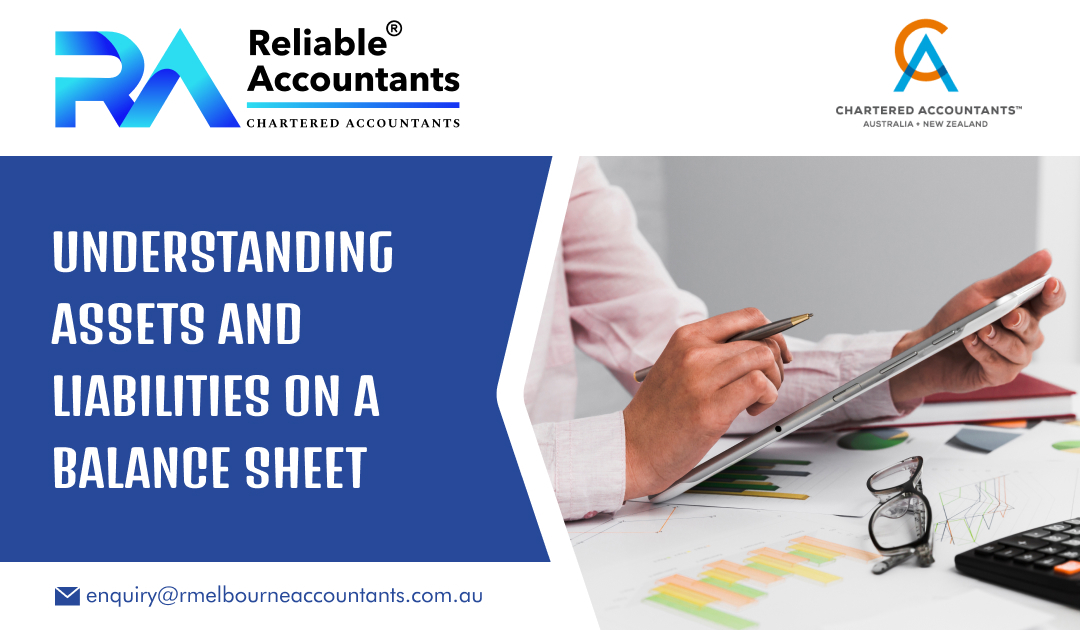If you are running a business, you must know the financial status of your business, and one document that can provide you with a clear overview of your company’s financial health is a balance sheet. The balance sheet of a business defines its liquidity position and worth in the market. A balance sheet, along with other financial statements, such as income statements and cash flow statements, is a snapshot that shows the financial condition of a company. In this blog post, we’ll help you understand a balance sheet, its purpose, and assets and liabilities.
How does a balance sheet work?
The balance sheet is a financial statement that provides a snapshot of a company’s financial condition at a specific time. The balance sheet shows the current position of a company. Accountants prepare a balance sheet for you to help you understand how your business is performing. With financial statements, business owners can make informed business decisions to make improvements in a company to increase profits and reduce the chance of losses. With a balance sheet, you will know your company’s ability to meet current and future financial needs. It is an important element of any finance application. These financial statements are essentially used by taxation accountants for preparing taxes, so these statements must be accurate.
What is the purpose of a balance sheet?
A current and precise balance sheet is a crucial financial tool that indicates the business’s total assets, outstanding debts, and the equity it has built for shareholders. It reveals how the company has utilised its profits or financed its losses. Essentially, a balance sheet provides insight into a business’s financial activities. Balance sheets are easy to understand. Here are the equations that you need to understand:
- Assets = liabilities + equity
- Equity = assets – liabilities
Therefore, to use a balance sheet effectively, you need to understand the following aspects:
- Assets: Assets can provide a future economic advantage. Common assets include the amount clients owe you, cash in the bank, plant and equipment, stock on your shelves, and intangible items, such as intellectual property. The types of assets your company has will reveal its financial status.
- Equity: Business’s equity is calculated by subtracting the liabilities from its assets. The equity may have shareholder equity or owner equity, based on the business structure.
- Liabilities: These include items such as amounts owed to suppliers (accounts payable or trade creditors), superannuation, employee wages, credit card debts, income tax, GST, PAYG Withholding, and loans from banks or shareholders. While these are fundamental components of a balance sheet, the nature of the business is also a crucial factor. In general, a company with higher equity is less likely to face financial difficulties.
It’s essential to create accurate financial statements because, depending on these statements, tax accountants will be able to prepare and lodge taxes. You can also find a tax accountant near your town by searching online for ‘tax accountant near me’.
Balance Sheet vs. Profit and Loss Statement
Accurate financial reporting is essential to business success, and the balance sheet works hand in hand with the profit and loss (P&L) statement. While the P&L shows how much profit was earned or loss incurred over a specific period, the balance sheet reveals where that profit was allocated or how the loss was financed.
Both are critical accounting tools for assessing a business’s performance. While the P&L often grabs the spotlight with its clear snapshot of profitability, the balance sheet is a highly practical element that provides a deeper understanding of financial stability.
How to create a balance sheet?
To create a balance sheet, follow the steps given below:
- Firstly, it’s essential to choose the date to prepare your balance sheet. It can be the end of the financial year or any other reporting time period.
- Next, it’s vital to list your assets as current and long-term.
- Ensure you categorise your liabilities at reporting time.
- After having your assets and liabilities, you can check out the owner’s equity.
- Eventually, review the balance sheet for completeness. It is crucial to maintain accurate records when creating financial statements. For accurate records, you can also seek help from a Melbourne bookkeeper.
Conclusion
When creating a balance sheet, it’s essential to have accurate data. However, if you are unfamiliar with creating balance sheets and other financial statements, you can seek help from Reliable Melbourne Accountants.

